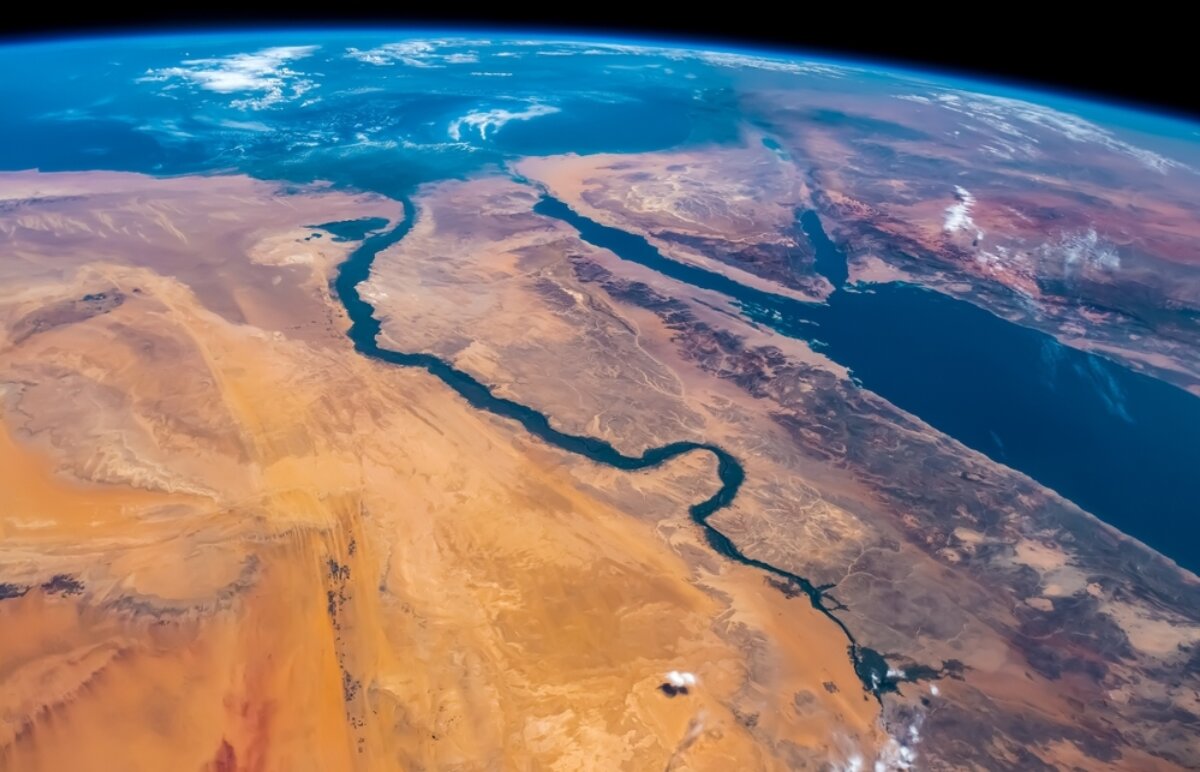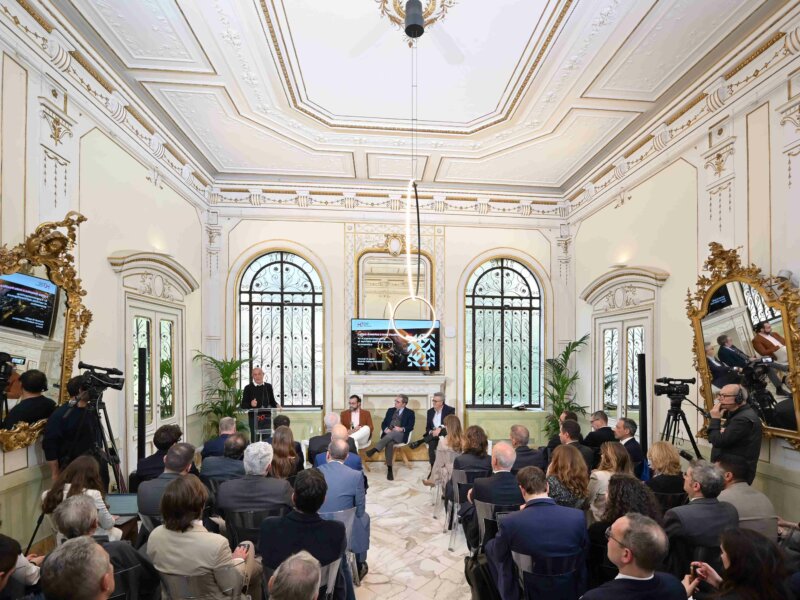GERD: the waters of the Nile at the center of the dispute between Ethiopia, Sudan, and Egypt
The Grand Ethiopian Renaissance Dam is a strategic infrastructure for the future of Ethiopia, which however represents an element of tension between the countries located along the river Nile.

More than a year after its activation, the Grand Ethiopian Renaissance Dam continues to represent an element of tension within the African continent and, specifically, in the relations between Ethiopia, Egypt, and Sudan. About two kilometers long and located along the Blue Nile, on the border between Ethiopia and Sudan, the dam represents the key pillar of Addis Ababa’s growth and development strategy. At maximum capacity, the GERD, with its 5,000 megawatts, could double national electricity production, which has so far been sufficient to satisfy the demand of approximately half of the country’s 120 million inhabitants. The infrastructure would allow Ethiopia to support the industrial and technological growth of the national production and to allow the country to become one of the main energy suppliers in East Africa.
Although the cost of the dam is estimated to be around four billion dollars, it could have a multiplier effect both concerning Ethiopia’s economics and its regional influence. Intervening on Blue Nile – which supply the water basin with around 85% of its volume – can, in fact, guarantee Addis Ababa control over the river’s flow to the downstream countries. This condition worries Egypt and Sudan which are already suffering from droughts linked to climate change, and which would see a further decrease in the water supply available for agriculture and industrial uses, which could have serious repercussions for national security.
Cairo, whose economy and development have always been based on the Nile since ancient times, considers the dam an existential threat. Over the years, the United Nations, the African Union, and the World Bank have repeatedly promoted negotiations. However, no significant agreement has been reached and indeed, shortly after the July 2023 negotiations, Addis Ababa completed the fourth and final filling of the reservoir, further exacerbating the anxieties of the other riparian countries.
The possibility of following a diplomatic path has been further complicated by developments in Sudan – the third country affected by the project and a key interlocutor for both contenders. Khartoum, although historically aligned with Egypt, has nevertheless shown a growing interest in the benefits of the dam in regulating water shortages and floods caused by the seasonal alterations of the Nile. The situation was also exacerbated by the secession of South Sudan in 2011, which deprived Sudan of a large part of its oil revenues and pushed the country to favor agricultural production. For these reasons in January 2023 took place a meeting between Ethiopian Prime Minister Abiy Ahmed and Abdel Fattah al-Burhan, Chairman of the Transitional Sovereign Council of Khartoum, after the coup that overthrow al-Bashir’s 30 years long regime in 2019.
Keeping this in mind, the civil war that flared up in April 2023 between al-Burhan and his former right-hand man General Mohamed Dagalo “Hemedti”, the Head of the Rapid Support Forces (RSF), could likely hinder future negotiations, and intensify the competition between Egypt and Ethiopia on the Sudanese issue. Unsurprisingly Cairo and Addis Ababa were the first destinations chosen by al-Burhan and Hemedti, respectively, as part of the mediations that have remained, for the time being, fruitless. In the short term, Khartoum’s uncertain position means that GERD – even if at a reduced power – operates in the absence of a specific regulatory framework.
In parallel with the crisis in Sudan must be considered also the worsening of geopolitical tensions in the Horn of Africa. Apart from the escalating situation caused by insurrections in the Ethiopian provinces of Amhara and Oromia, tensions also continue in Tigray. Indeed, Addis Ababa’s attempt to reach an agreement with the regional government of Somaliland for an outlet to the Red Sea has also pushed Somalia onto a collision course – for now only on a diplomatic level – with Ethiopia.
In the current context of East Africa, which is characterized by deep internal crises, regional tensions, and external interference, even a strategic infrastructure such as the GERD could therefore be transformed into a further factor of potential instability. With the occurrence of possible new climate crises, in a region particularly exposed to the most serious effects of climate change, the competition for the control of water resources, such as those of a great river like the Nile, could continue to increase. Considering that the Nile still quenches the thirst of millions of people and makes possible economic activities of crucial importance for the countries in which they are developed, the GERD could worsen the already existing tensions and rivalries.



